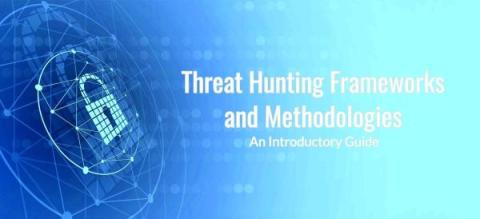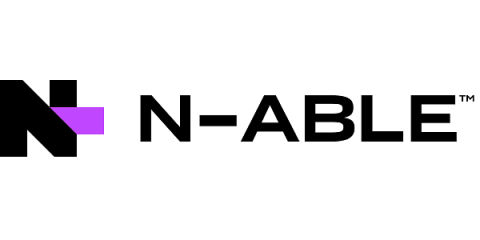Operations | Monitoring | ITSM | DevOps | Cloud
Threat Hunting
Indicators of Compromise (IoCs): An Introductory Guide
Threat Hunting with Cribl Search
Improving Patch and Vulnerability Management with Proactive Security Analysis
How to Threat Hunt in Amazon Security Lake
5 Proactive Security Engineering Techniques for Cloud-Native Teams
Threat Hunting Frameworks and Methodologies: An Introductory Guide
Using Cribl Search to Aid in Threat Hunting by Enriching Data in Motion
Cribl Search is reshaping the data search paradigm, empowering users to uncover and analyze data directly from its source. Cribl Search can easily reach out and query data already collected in Amazon S3 (or S3 compatible), Amazon Security Lake, Azure Blob, Google Cloud Storage, and more. By searching data where it lives, you can dramatically speed up your search process by avoiding the need to move data before analyzing it.
How to develop a successful threat-hunting program
According to the 2021 Cost of Data Breach report, the average attack “dwell time”—the period between an attacker’s breach of an organization’s network and the point at which the organization finds out about it—is 287 days. During this time, the attacker can stealthily look to gather valuable information to steal or compromise data, incurring huge costs for affected companies.
Automated Threat Hunting: A Closer Look
Proactively finding and eliminating advanced threats through threat hunting is a growing necessity for many organizations, yet few have enough resources or skilled employees to do it effectively. For those who do have an active threat hunting program, the process is often manual and time consuming. With cloud security automation, however, you can implement rules that automatically adjust your security policies based on the latest threat data.










